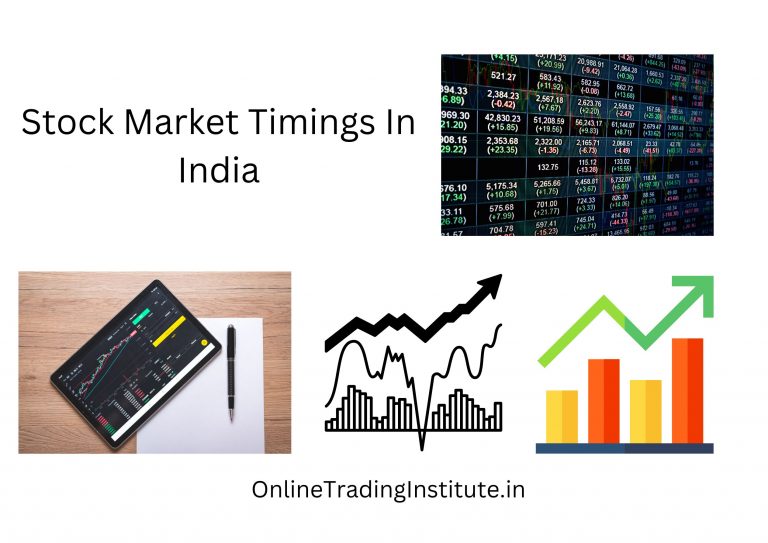What Triggered Asian and Global Markets Rout???

Indian stock markets mirrored global weakness on Wednesday, with benchmark indices plunging sharply in early trade. This sell-off comes in the wake of US President Donald Trump’s announcement to enforce a 104% tariff on Chinese imports, sparking fears of a renewed trade war and global recession. The ripple effect of this move has been felt across global financial markets — and India is no exception. Although, the trader and investor will be eyeing the upcoming event of RBI monetary policy which will be announced today.
Investor Sentiment in India Shaken by Global Risk-Off Mood
The mood on Indian equity markets was clearly risk-averse. Sectors sensitive to global trade, including IT, metals, and pharmaceuticals, witnessed heavy selling pressure. Infosys, TCS, and Sun Pharma were among the top laggards on the Nifty 50, reflecting concerns over the fallout of possible retaliatory actions by China and uncertainty in global supply chains.
Moreover, the volatility index (India VIX) shot up by nearly 10%, indicating elevated investor nervousness. Broader markets also bore the brunt, with mid-cap and small-cap indices underperforming the benchmarks.
With global cues dominating the scene, FIIs (Foreign Institutional Investors) turned net sellers yet again, pulling out capital from Indian equities. This added further pressure on the rupee, which depreciated close to 83.50 against the US dollar, hitting a new monthly low.
US-China Tensions: A Global Headwind for Indian Markets
President Trump’s decision to proceed with a 104% duty on Chinese imports has reignited fears of a prolonged trade standoff between the world’s two largest economies. Market experts are calling this a “full-blown tariff war”, with potential to derail global growth.
Adding fuel to the fire, Trump also hinted at new tariffs on pharmaceutical imports, which could directly impact India’s pharma sector, a key exporter of generic drugs to the US. While no countries were named, the implication is significant for India, which supplies nearly 40% of the US generic drug demand.
Meanwhile, global crude prices have reacted sharply. Brent crude slipped below $61 per barrel, while US crude tumbled 4.4% to $56.96. While this may offer temporary relief on India’s import bill, the underlying cause — collapsing demand expectations from China — is not a healthy signal for the global economy.
Bond Market, Currency, and Fed Expectations: The Domino Effect
As global markets sell off riskier assets, safe-haven demand has shifted. However, the US bond market saw mixed movement. Long-dated US Treasury yields surged, while short-dated bonds rallied, pricing in an aggressive 115 basis point rate cut from the US Federal Reserve over 2025.
The Chinese yuan, both onshore and offshore, hit multi-year lows against the dollar, signalling Beijing’s potential willingness to use currency depreciation as a buffer against tariffs. For Indian exporters competing with Chinese products, this makes the playing field even more challenging.
The Indian rupee, already under pressure due to capital outflows, is expected to remain volatile, further complicating the RBI’s monetary stance ahead of its next policy review.
Conclusion: Brace for Short-Term Volatility, Focus on Long-Term Fundamentals
Today’s market slump is a reminder of how tightly Indian markets are interlinked with global developments. While India’s macroeconomic fundamentals remain relatively stable — with a resilient services sector and steady GST collections — short-term headwinds from international markets can’t be ignored.
Retail investors are advised to avoid panic selling and focus on high-quality stocks with strong earnings visibility. Systematic Investment Plans (SIPs) and long-term asset allocation strategies can help ride out the current volatility.
Market participants will be closely watching any updates from Washington and Beijing in the coming days, as well as the RBI’s stance on managing currency and inflation pressures.
Disclaimer: The views and investment insights provided here are based on publicly available information and do not constitute financial advice. Readers are advised to conduct their own research or consult certified financial experts before making investment decisions.




